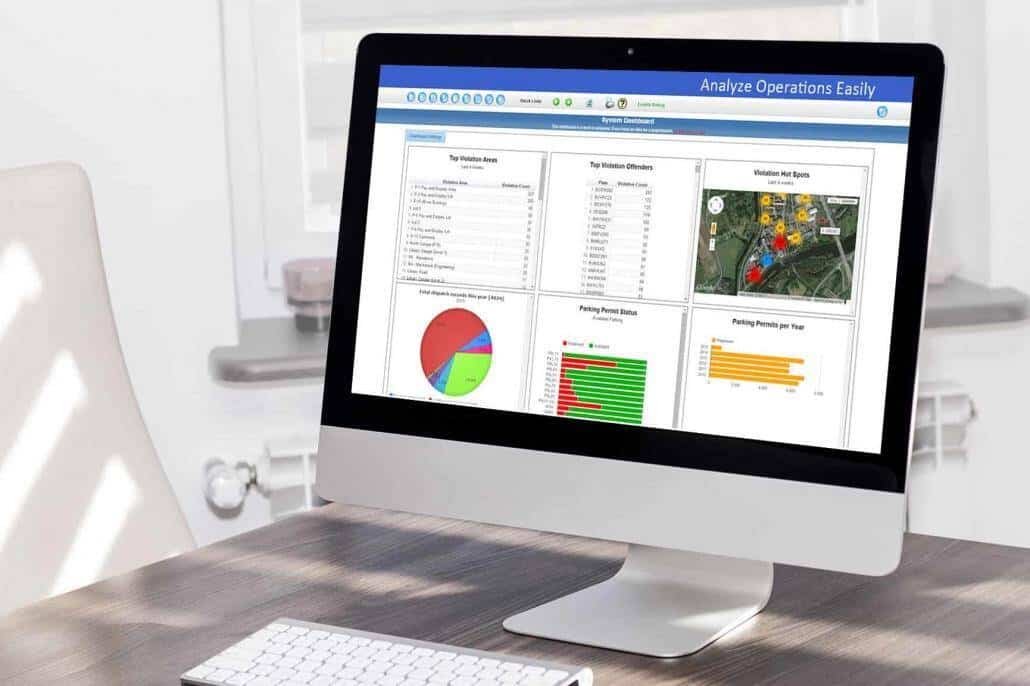Clery Act compliance using technology as a valuable ally

The Clery Act has particular requirements about what reporting is required and how crimes are categorized. In April of this year, the US Department of Education adjusted their civil monetary penalties (CMPs) for any penalties assessed after April 20, 2017, and whose associated violations occurred after November 2, 2015. The changes are meant to “provide the 2017 annual inflation adjustments to the initial “catch-up” adjustments” made in August of 2016. Furthermore, fines are now $54,789.
Reporting Requirements
The Clery Act is not all about reporting incidents or statistics. There is much more to it including timely warnings and emergency notifications, and victims’ rights, opinions, and resources.
However, reporting requirements are an everyday reality for campus security departments. The Clery Act has particular requirements about required reporting and the categorization of crimes committed. A useful resource is the Handbook for Campus Safety and Security Reporting on the Clery Center website which outlines requirements. Consider for example that every institution must:
- Collect, classify and count crime reports and crime statistics.
- Publish an annual security report. This report must contain safety- and security-related policy statements and crime statistics. It must be distributed it to all current students and employees. Schools also must inform prospective students and employees about the availability of the report.
- Submit crime statistics to the Department. Each year in the fall you must participate in a Web-based data collection. This collection is to disclose crime statistics by type, location and year.
- If your institution maintains a campus police or security department, you must keep a daily crime log. This log is of alleged criminal incidents that are open to public inspection.
Data Collection Struggles
Each campus has its standard operating procedure and process around how to report and record safety incidents, and how their information stored. The amount of data, however, can be immense, especially given the need to incorporate data from other parties in your reporting requirements. Due to these requirements, organizations prefer a streamlined and simplified process. It requires fewer manual resources, leads to fewer data errors, and can be customized to meet the needs of your day-to-day operations to cover Clery Act reporting. For many organizations, this means moving from dated technology to a more comprehensive system. However, that move doesn’t have to be daunting or overwhelming.
Using Technology to Do Double Duty
Incident tracking and reporting for your operations can and should be part of your technology reporting to manage your security team. As a result, the process of documenting and dispatching as one continuous workflow makes for more efficient operations and Clery Act reporting.
For example, every reported incident logged into your incident management software with the required geographic information, time, and details for daily log reporting. The log entry triggers a series of automated events that allows your administrative team to initiate appropriate action, including dispatching security. A single system helps you manage your security team as well as collect and report data as needed.
What to Look for in Incident Management Software
Not all incident management software options are the same. Not all of them are suited to every campus or every type of operation. However, you should look for these functionalities to not only help make reporting more manageable, but also to create efficiency in your operations, and quickly see quickly pulled statistics when needed.
Comprehensive Database Features
This goes beyond logging and tracking incidents. You’ll also want an extensive database of vehicles and people of interest to support your team and campus security.
Flexible Custom Reporting
You will want the ability to create custom reporting from your incident management software. Creating custom reports based on criteria you specifically define will be significant.
Dispatch Functionality
Being able to prioritize incidents quickly, create notes for dispatch, and track officer activities will be essential. Including the need to dispatch a team following the identification of a vehicle or person of interest.
Visible Incident Tracking and Flagging
Another crucial aspect is visible incident tracking and flagging. Providing an accessible history of a specific incident for team members who require it or for reporting. Flagging lets you create flags for specific categories relevant to your individual needs
Case Load Management
A part of moving to a more comprehensive system includes giving your team a simplified way to manage their casework. Ensuring efficiency should be a priority.
Data and System Security
A system that offers features that prevent any tampering or alteration of information once it’s logged will maintain data integrity. You’ll also want permission levels that provide access information to only the appropriate people.
Cost Effectiveness and Return on Investment
While campus safety is the priority, you don’t need to secure a considerable budget to implement a highly effective incident management solution. Therefore, you can get yourself up and be running for under most RFP thresholds depending on your specific needs.
OPS-COM can help you make this easier. Contact us today for more information on IncidentAdmin and how it will tie in with enforcement and parking for your organization.


